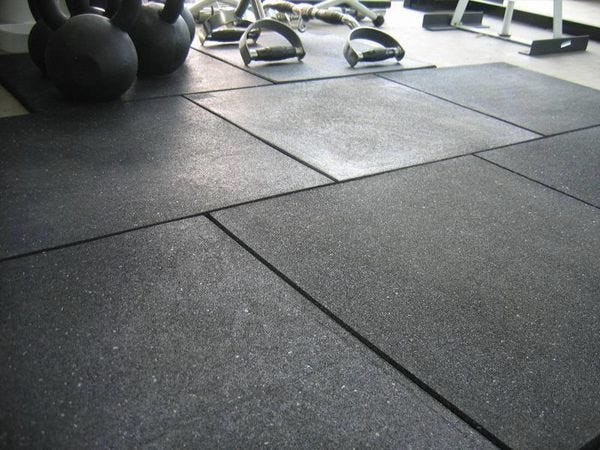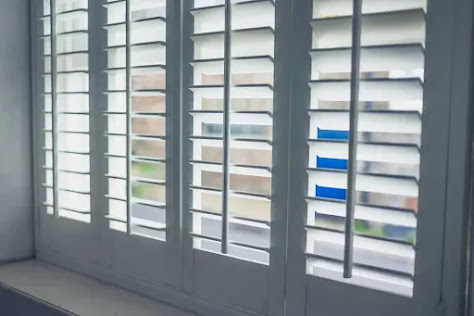The Ultimate Guide to Choosing the Perfect Gym Flooring
When creating the ideal gym space, whether for a commercial facility or a home setup, gym flooring is often overlooked. However, the right flooring plays a crucial role in ensuring safety, durability, and functionality. With so many options on the market, it can be challenging to determine the best solution for your needs. This guide breaks down everything you need to know to make an informed decision.
Why Gym Flooring Matters
Gym flooring isn’t just about aesthetics; it serves multiple purposes:
Safety: Proper flooring minimizes the risk of injury by providing a stable and non-slip surface.
Durability: Gym floors need to withstand heavy equipment, high-impact activities, and constant foot traffic.
Noise Reduction: Good gym flooring can absorb sound, making workouts less disruptive for others.
Comfort: High-quality flooring reduces fatigue by cushioning joints during exercises like weightlifting, yoga, or cardio.

Popular Types of Gym Flooring
Different types of gym flooring cater to various activities and spaces. Here’s a breakdown:
Rubber Flooring
Rubber is one of the most popular choices for gym flooring due to its versatility and durability.
Advantages: Shock absorption, slip resistance, and ease of cleaning. It’s ideal for weightlifting zones and high-impact areas.
Disadvantages: Can be pricey and may emit an initial rubber smell.
Foam Flooring
Foam tiles are lightweight and easy to install, making them perfect for yoga or martial arts spaces.
Advantages: Affordable, soft, and comfortable.
Disadvantages: Less durable and not suitable for heavy equipment.
Vinyl Flooring
Vinyl is a budget-friendly option that offers durability and a variety of design options.
Advantages: Resistant to moisture and easy to clean.
Disadvantages: Less cushioning and may show wear over time.
Carpet Flooring
Carpet tiles are often used in fitness centers for cardio zones or stretching areas.
Advantages: Comfortable and noise-reducing.
Disadvantages: Harder to clean and less suitable for high-impact activities.
Hardwood Flooring
Hardwood is a classic choice for aerobics studios or basketball courts.
- Advantages: Sleek appearance and long-lasting with proper maintenance.
- Disadvantages: Expensive and less impact-resistant.
Factors to Consider When Choosing Gym Flooring
Before making your choice, assess the following:
Purpose: Are you focusing on heavy lifting, cardio, or yoga? Each activity has specific flooring needs.
Space: Larger commercial gyms may require more durable, industrial-grade materials, while home gyms can prioritize comfort and cost-efficiency.
Budget: Rubber and hardwood are premium options, while foam and vinyl offer more affordable solutions.
Maintenance: Choose flooring that matches your ability to clean and maintain it over time.
Installation Tips
Measure your gym space accurately to avoid over-ordering or running short.
For home gyms, consider interlocking tiles for easy installation and mobility.
Use underlayment for additional soundproofing and cushioning, especially in multi-story buildings.
Final Thoughts
Investing in the right gym flooring Dubai can elevate your workout experience and ensure long-term safety and functionality. Whether you’re building a commercial facility or a home gym, understanding your needs and exploring your options will help you make the perfect choice.


Comments
Post a Comment